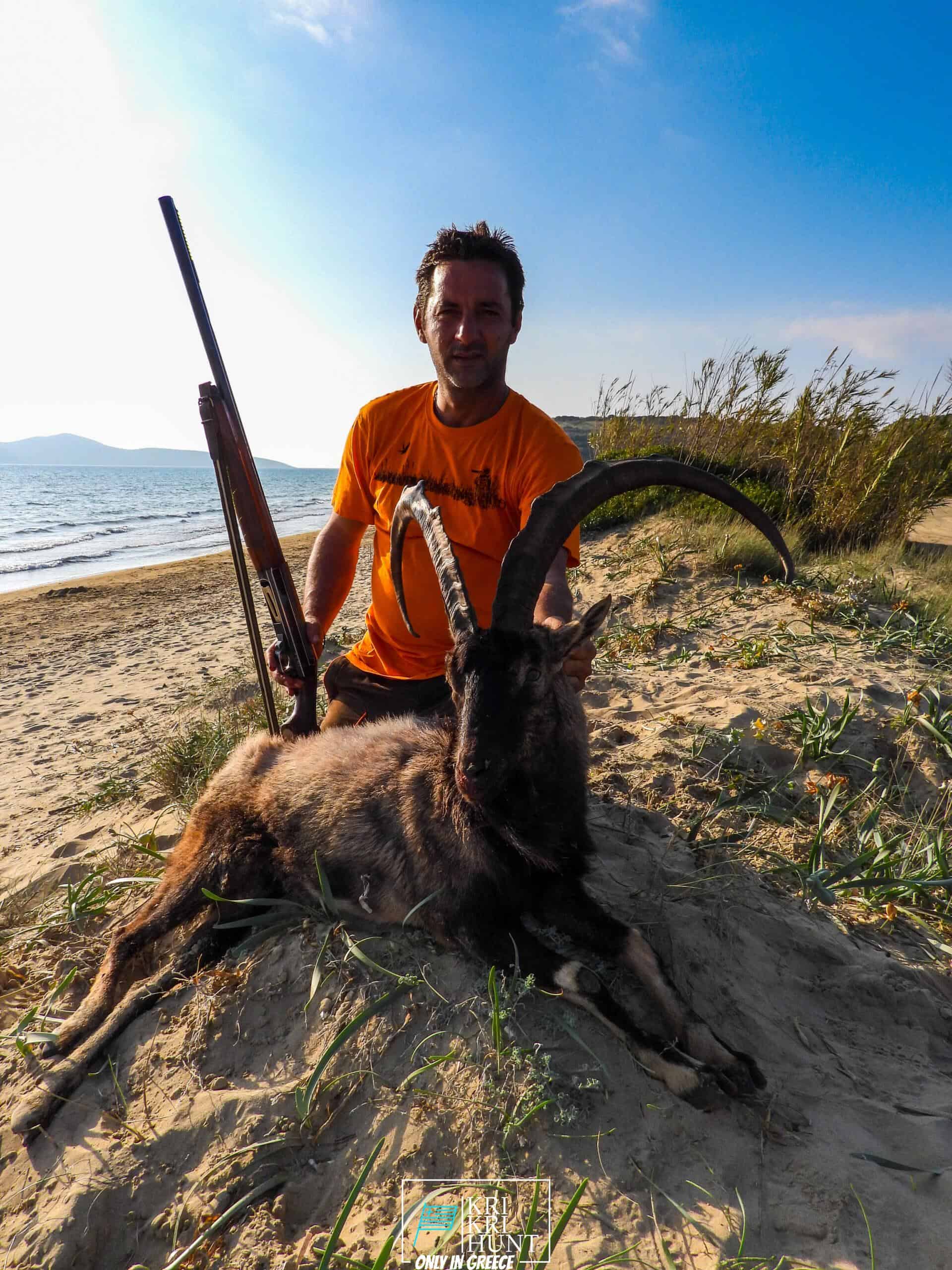
Hunting for Kri Kri ibex in Greece is a terrific vacation experience. It is not constantly a hard quest or an unpleasant experience for most seekers. You can experience ancient Greece, shipwrecks, and also spearfishing during 5 days searching for stunning Kri Kri ibex on an exotic island. Is there anything else you would certainly such as?

Because it is not set, the number of Ibexes varies with the population. The Ibexes of the Cretan Ibex reproduce Kri-Kri is the tiniest ibex in regards to body weight, but not horn size (Capra Aegagrus Cretica). A few specimens that went uncounted measured 115 cm (45 inches). The gold trophy is 61 centimeters (24 inches) long. The Kri-Kri ibex is hunted in Greece at this time. Searching is available on Atalanti and Sapientza. Hunting is allowed on Atalanti from the last week of October to the very first week of December. Hunting is allowed on Sapientza for the whole month of November, depending on weather conditions.
Our outside searching, angling, as well as totally free diving excursions are the best method to see whatever that Peloponnese has to use. These scenic tours are created for vacationers that wish to leave the beaten path and also truly experience all that this unbelievable area needs to use. You'll reach go hunting in a few of the most beautiful wilderness areas in Greece, fish in crystal-clear waters for a variety of different species, and complimentary dive in a few of the most magnificent shoreline in the Mediterranean. And also most importantly, our experienced guides will be there with you every step of the means to see to it that you have a safe and also satisfying experience.
If you're trying to find a genuine Greek experience, then look no further than our outdoor searching in Greece with angling, and also complimentary diving excursions of Peloponnese. This is an extraordinary means to see every little thing that this fantastic area has to offer. Reserve your trip today!
What is the diference between Kri Kri ibex, Bezoar ibex and hybrid ibex
The kri-kri is not thought to be indigenous to Crete, most likely having been imported to the island during the time of the Minoan civilization. Nevertheless, it is found nowhere else and is therefore endemic to Crete. It was common throughout the Aegean but the peaks of the 8,000 ft (2,400 m) White Mountains of Western Crete are their last strongholds–particularly a series of almost vertical 3,000 ft (900 m) cliffs called ‘the Untrodden’—at the head of the Samaria Gorge. This mountain range, which hosts another 14 endemic animal species, is protected as a UNESCO Biosphere Reserve. In total, their range extends to the White Mountains, the Samaria National Forest and the islets of Dia, Thodorou, and Agii Pandes.
This Ibex is NOT a diminutive form of the Bezoar Ibex, which has migrated into the western-most reach of the range of this species. The kri – kri (Capra aegagrus cretica), sometimes called the Cretan goat, Agrimi, or Cretan Ibex, is a feral goat inhabiting the Eastern Mediterranean, previously considered a subspecies of wild goat. The kri-kri has a light brownish coat with a darker band around its neck. It has two horns that sweep back from the head. In the wild they are shy and avoid tourists, resting during the day. The animal can leap some distance or climb seemingly sheer cliffs.
“The agrimi goat Capra aegagrus cretica is unique to Crete and its offshore islands. It has been identi®ed as a sub-species of the wild bezoar goat Capra aegagrus aegagrus Erxleben, 1777, which it closely resembles in horn shape, body form and coloration. This classi®cation has been disputed by some researchers who claim that the agrimi are feral goats, derived from early domestic stock brought to the island by the ®rst Neolithic settlers. In order to clarify this issue, DNA analyses (cytochrome b and D loop sequences) were carried out on tissue of live and skeletonized agrimi and compared to sequences of wild and domestic caprines. Results conclusively show the agrimi to be a feral animal, that clades with domestic goats (Capra hircus) rather than with wild Asiatic bezoar. This study demonstrates that morphometric criteria do not necessarily re¯ect genetic af®nities, and that the taxonomic classi®cation of agrimi should be revised.”
Comments on “Schedule now for an outstanding outdoor experience on Sapientza island in Greece”